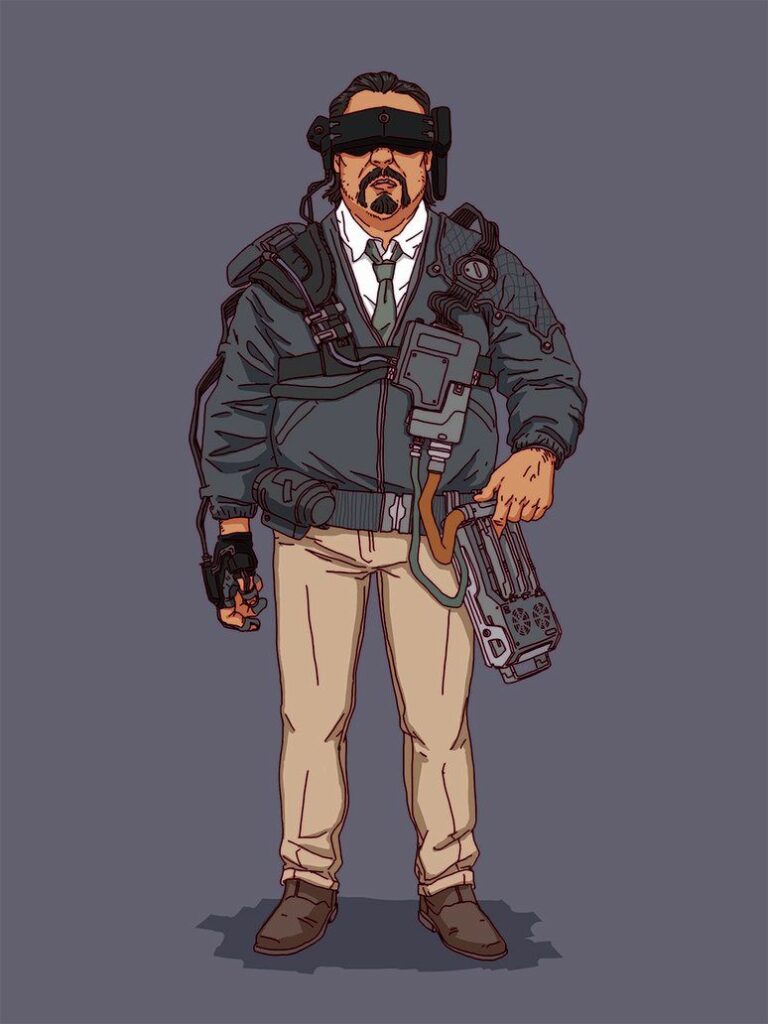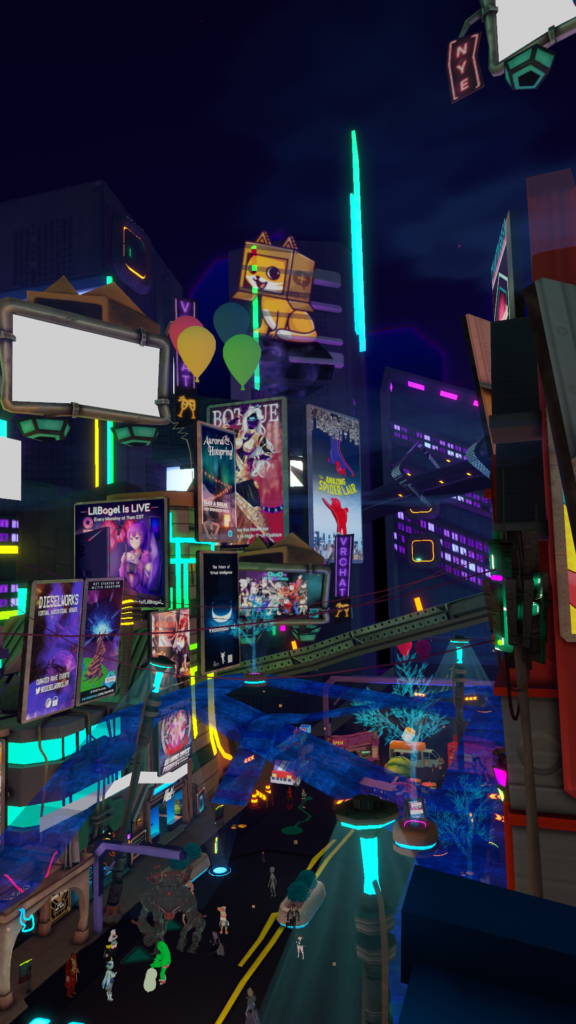When I was young, I had a vision in my head of what VR was like in some far flung sci-fi future. We’d get there, but it would be forever before we saw something as smooth and realistic as what I saw in my imagination when reading or daydreaming. Fast forward to now, and we’re there. The gear that’s available and dialed-in on a consumer level is mind-blowing. We have competing outside-in and inside-out tracking systems, a myriad of headsets, and a wonderful amount of cross compatibility. OpenXR and OpenVR standards are enabling an ever expanding array of available tools, which in turn are helping to drive an explosion of available reality-bending applications.
It’s Neat, but what can you really do?
That’s been the mantra for years. VR has been more than workable for years, but the games and apps were few and far between. Compared to PC and Console Gaming in general, it’s still sparse territory, but it’s filling out more and more as the adoption rate climbs. 9 million units in 2021, projected to be 14 million in 2022, and then 24 million in 2023. Widescale home console ownership on the other hand is well into the hundreds of millions, with almost half a billion later generation Xboxes, Playstations, and Switches distributed around the world. VR still has a ways to go to rival that level of adoption and be as attractive an audience for software, game or otherwise.
The Metaverse is real, and it’s been there for a while
A few years ago I was driven to attend an event in VR, but wasn’t going to invest in the gear. It was still a pretty steep barrier to entry, with all headsets requiring a medium to high end gaming PC to operate at all. You needed external tracking for most headset and controller sets, and overall you were looking at shelling out a small fortune to get in there. I’ve always been… frugal, when it comes to PCs. I almost always built my own, and generally have gone for last gen parts. The computer I had at the time was capable of running very mediocre VR, but how was I going to experience it.

Rig One was a Daydream, a Daydream 3dof Controller, a Pixel 2, a Pixel 1, and a PC. The link was a wonderful piece of software – VRidge by Riftcat – that allowed you to take advantage of various pieces of gear you already owned in order to get yourself as close as you can get to VR without VR. I installed the system on the Pixel 2 and set it up to be the eyes. Daydream’s puck was detected and served as a left hand. The right hand was added by adding a different piece of software to the Pixel 1, turning it into a touchpad and motion controller. In VR, these hands could follow a limited arc, but they could not move in/out as there was no true position in space detection. At low resolution, with low framerates, I began exploring VR Chat and AltspaceVR. I could get around ok, and could communicate just fine. I stuck to simpler avatars, because I’d regularly come through contorted and horrifying. Simple had less to go wrong.

I never felt more cyberpunk than when I was in VR on a makeshift rig made out of old phones that used software to trick SteamVR into thinking I had a thousand dollar rig.
Round Two – Quest 2
This is where I’m at now. In October 2020, after what I perceived to be an endless stream of ads and suggestions to get a Quest 2, I broke down and went to a store. An actual, factual, built right on the dirt store with people inside and everything. I might as well give this generation a shot before it’s over, was my thinking. I assumed the commercials and whatnot had been going on so long and that this must be an already year or more into the release. At the store I found the Quests, but not the Quest 2. After asking around, I found a younger employee that was sure that he’d seen them in the back. He found and sold me one, and I could hear as I was heading out of the store someone explaining to him that they weren’t on sale yet, and that it would be another day or two before they could put them out. So much for being late to the game on this one – I had it the day before release!

Rig Two, while able to run OK on my home PC – a pc that, mind you, was already getting pretty behind the times well before the pandemic hit and the chip shortages overtook the market for over two years. It made sense, especially in early 2021 when I signed up, to avail oneself of the cloud gaming possibilities that were up for the challenge of running remote PC VR. I’d already been using Virtual Desktop for months with my local PC when I found out about Shadow.tech, a normal Windows 10 PC in the cloud with low latency, and a decent graphics card. At the time, buying the card itself was equivalent to paying the monthly hosting bill for the Shadow PC for around 4 years. With this setup, I could mod games, run overlapping software, even pass local USB devices through to the remote system as though they were locally connected. That meant that a local webcam, local headset and controllers, were remotely combined into a full body tracked PC VR setup capable of going just about anywhere in current-gen VR.
Next up is hopefully going to be a HaritoraX inside-out tracker set. I’m much more of a fan of the inside-out approach, where sensors and cameras on the user are used to determine position in the world. The mounted scanning pods are still superior in most ways, but even they can lose sight of the trackers. Clothing, furniture, the body itself – all sorts of things are going to temporarily block a clear sightline to the trackers, so the idea of a system that claims to work perfectly fine under a blanket is intriguing. Will it work under clothes? I’m currently hoping to snag one through secondary markets like US Ebay and Japanese Yahoo Auctions. Wish me luck!
Got it, that’s the setup – So What Do You DO?
It’s what you make of it. For me, VR is the first place I’ve really felt like maintaining an exercise routine. Thanks to Beat Saber I do aerobic activity a handful of days a week, sometimes for an hour or more before I can’t make it through one more song. It’s ridiculous how much fun I have trying to improve my scores over time.
Workrooms and shared spaces are coming along. Nothing I’ve tried has felt quite right just yet for jumping in and easily collaborating on an idea. There are workable setups where you have a good deal of creative freedom, but each has something lacking. Horizon Worlds has limited space customization, and is clunky when trying to use outside-world resources for presenting. VRChat remains one of the best choices for the most natural environments, but other than playing a YouYube video or Spotify playlist, you don’t see much in the way of outside-content coming into VRChat. Plenty is in the works – I’m hoping for something outta Minority Report personally.


